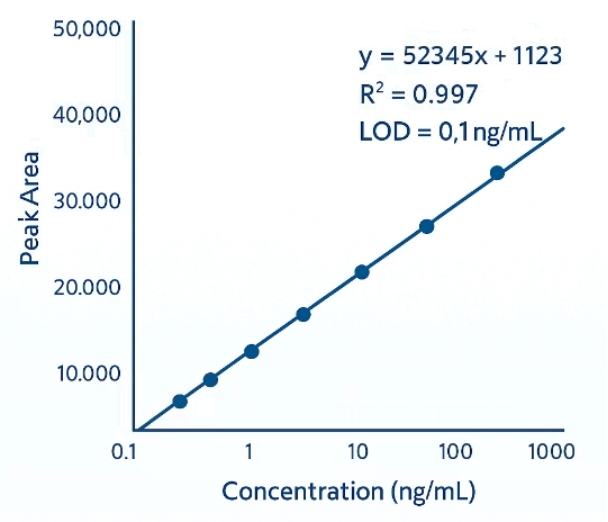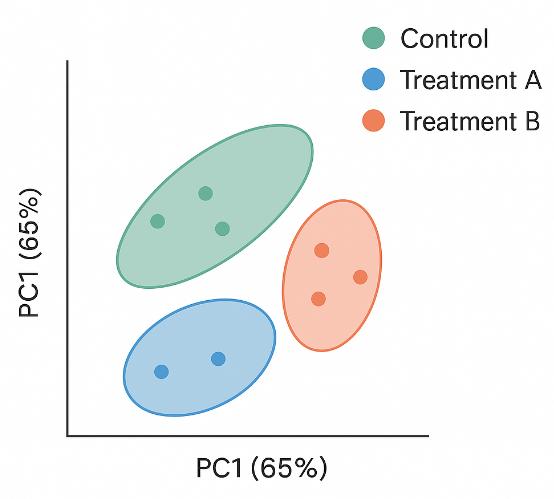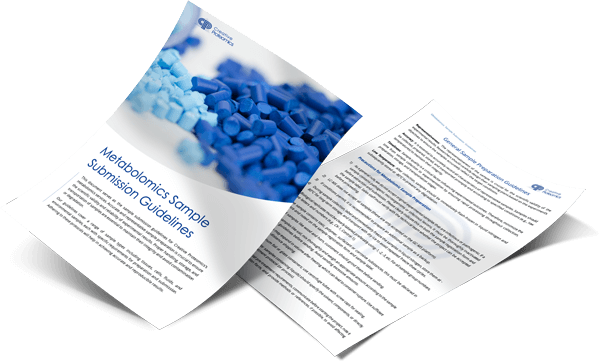Isoprenoid Pathway and Metabolites Analysis Service
Creative Proteomics empowers your research with precise isoprenoid pathway profiling—from universal precursors to complex terpenoids—delivered with advanced LC-MS/MS and GC-MS/MS technology.
- Ultra-sensitive LC-MS/MS & GC-MS/MS (LOD ≤ 0.1 ng/mL)
- 50+ metabolites detected across MVA & MEP pathways
- Stable isotope flux analysis for dynamic insights
- Publication-ready reports with pathway maps & statistics
Submit Your Request Now
×
What You Receive:
- Raw & processed LC-MS/MS and GC-MS/MS data (Excel, PDF)
- Calibration curves (R² > 0.995), QC metrics
- Annotated isoprenoid pathway maps
- Differential analysis: PCA & heatmaps
- What We Provide
- Advantages
- Technology Platform
- Sample Requirement
- Demo
- FAQs
Understand the Complexity of Isoprenoid Metabolism
Isoprenoids (terpenoids) represent one of the most diverse classes of biomolecules, built from the universal five-carbon precursors isopentenyl pyrophosphate (IPP) and dimethylallyl pyrophosphate (DMAPP). These compounds are not only structural elements of membranes but also act as key players in signaling, energy production, and biosynthesis of vitamins, sterols, and pigments.
However, analyzing isoprenoid metabolism is inherently challenging:
- Intermediates like IPP and DMAPP exist at trace levels.
- Pathway intermediates and end-products span a wide polarity range, complicating extraction.
- Many downstream compounds are highly hydrophobic and prone to oxidation.
Creative Proteomics helps you overcome these analytical bottlenecks with high-sensitivity LC-MS/MS and GC-MS workflows optimized for complex matrices.
Why Do You Need Isoprenoid Pathway Analysis?
Clients typically seek isoprenoid profiling to address critical research questions:
- "Which bottlenecks limit my engineered pathway efficiency?"
- "How do environmental or genetic factors reshape isoprenoid flux?"
- "Can I validate the accumulation of high-value terpenoids in my system?"
Whether you are optimizing metabolic engineering strategies, developing bioactive compounds, or assessing stress-response pathways in plants, accurate metabolite profiling is essential to avoid misleading assumptions and wasted resources
Creative Proteomics's Isoprenoid Pathway and Metabolites Analysis Solutions
Quantitative Pathway Analysis
- Targeted measurement of key intermediates and end-products in the isoprenoid biosynthesis pathway.
- Absolute quantification using high-sensitivity LC-MS/MS with internal standards for accuracy.
Comprehensive Terpenoid Profiling
- Broad-spectrum analysis of terpenoid classes from simple precursors to complex derivatives.
- High-resolution detection for structural diversity across various biological matrices.
Isotope Tracing & Metabolic Flux Analysis
- 13C or 2H stable isotope labeling for dynamic flux mapping.
- Identification of rate-limiting steps and metabolic bottlenecks.
Untargeted Isoprenoidomics
- Discovery-based approach for detecting unknown or unexpected compounds.
- Pathway annotation using integrated bioinformatics pipelines.
Comparative and Differential Pathway Analysis
- Evaluate pathway modulation under different conditions, genotypes, or engineering strategies.
- Statistical modeling and visualization including PCA, heatmaps, and enrichment analysis.
Structural Confirmation & Fragmentation Analysis
- MS/MS-based structural verification for accurate compound identification.
- Support for authentication in synthetic biology and metabolic engineering workflows.
List of Detected Isoprenoid Pathway Intermediates and Metabolites
| Pathway Segment | Representative Metabolites |
|---|---|
| Universal Precursors | Isopentenyl pyrophosphate (IPP), Dimethylallyl pyrophosphate (DMAPP), Mevalonic acid (MVA), Mevalonate-5-phosphate, Mevalonate-5-pyrophosphate, Isopentenol |
| Early Chain Elongation | Geranyl pyrophosphate (GPP), Farnesyl pyrophosphate (FPP), Geranylgeranyl pyrophosphate (GGPP), Prenyl pyrophosphate |
| Monoterpenoids (C10) | Geraniol, Nerol, Linalool, Citronellol, Limonene, α-Pinene, β-Pinene, Myrcene, Menthol, Camphor |
| Sesquiterpenoids (C15) | Farnesol, Nerolidol, Patchoulol, β-Caryophyllene, Humulene, Valencene |
| Diterpenoids (C20) | Phytol, Gibberellins (GA1, GA3, GA4, GA7), Abietic acid, Steviol |
| Triterpenoids & Sterols (C30+) | Squalene, Lanosterol, Cycloartenol, β-Sitosterol, Campesterol, Stigmasterol, Cholesterol |
| Carotenoids (C40) | Lycopene, β-Carotene, α-Carotene, Zeaxanthin, Lutein, Violaxanthin, Neoxanthin |
| Xanthophylls & Apocarotenoids | Astaxanthin, Crocetin, Crocin |
| Quinones & Related Compounds | Ubiquinone-9 (CoQ9), Ubiquinone-10 (CoQ10), Plastoquinone, Tocopherols (α-, β-, γ-, δ-tocopherol), Tocotrienols |
| Plant Hormones (Isoprenoid-Derived) | Abscisic acid (ABA), Brassinolide, Castasterone, Cytokinins (isoprenoid side-chain types) |
| Other Specialized Isoprenoids | Dolichols, Polyprenols, Prenylated flavonoids, Terpenoid glycosides |
Why Choose Creative Proteomics for Isoprenoid Pathway Analysis?
- Ultra-Sensitive Detection: LOD ≤ 0.1 ng/mL, dynamic range spanning 105–106.
- Quantification Accuracy:Calibration curve R² > 0.995, recovery 85–115%, CV < 8%.
- Comprehensive Coverage: Detect 50+ pathway intermediates across MVA and MEP routes.
- Advanced Platforms: UHPLC-Q Exactive™ Orbitrap + GC-MS/MS triple quadrupole.
- Multi-Matrix Compatibility: Plant tissues, microbial cultures, animal samples, complex lipids.
- High Throughput: Process 150+ samples/day with QC-driven reproducibility.
- Integrated Bioinformatics: Pathway maps, PCA, heatmaps for meaningful biological insights.
Isoprenoid Pathway Analysis Workflow: Step-by-Step Process
Step 1: Project Consultation & Method Design
Define analytical goals: targeted vs untargeted profiling, isotope tracing, or pathway-wide analysis. Select optimal platforms (LC-MS/MS, GC-MS/MS, Orbitrap HRMS) and data outputs.
Step 2: Sample Receipt & Quality Check
Validate sample integrity, volume, and labeling. Assess storage conditions to ensure metabolite stability.
Step 3: Sample Preparation & Extraction
Apply matrix-specific extraction protocols for polar (diphosphates) and hydrophobic (terpenoids) compounds. Use antioxidants and pH-stabilizers to prevent degradation. Spike stable isotope-labeled internal standards for quantitative accuracy.
Step 4: Instrumental Analysis
Orbitrap (UHPLC-Q Exactive™): polar/phosphorylated; 70K FWHM, <3 ppm
GC-MS/MS: volatile/semi-volatile; MRM mode
Optional: isotope tracing
Step 5: Data Processing & Bioinformatics
Peak integration and quantification using Thermo Xcalibur™ and Skyline.
Pathway annotation and visualization using KEGG mapping and in-house databases.
Statistical analysis: PCA, heatmaps, enrichment analysis.
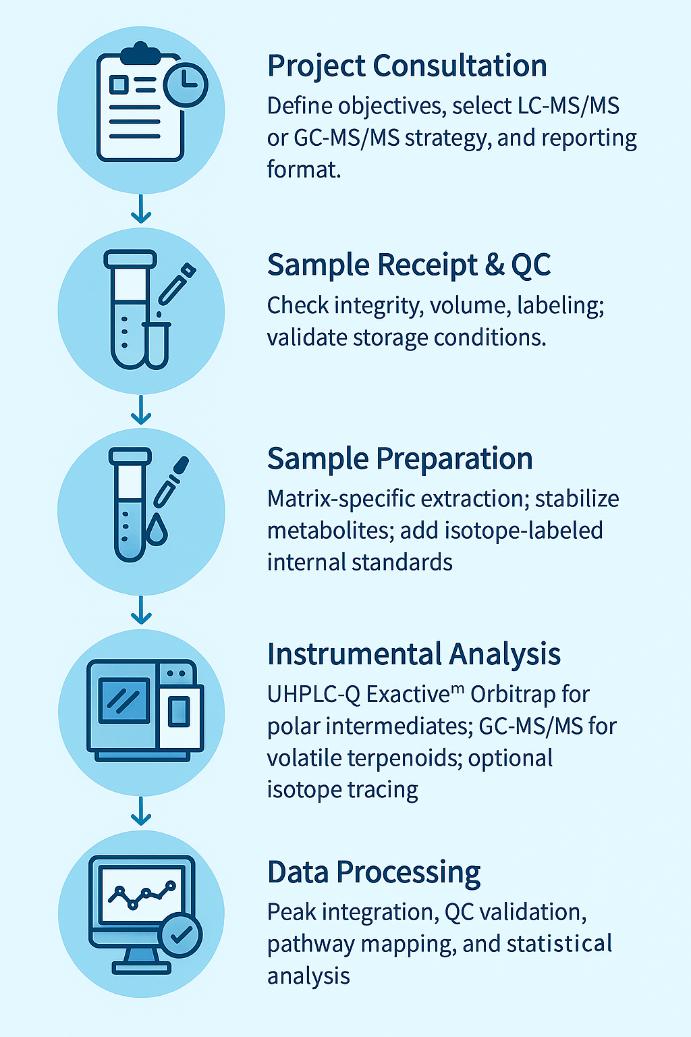
Technology Platform for Isoprenoid Pathway Analysis Service
LC-MS/MS for Polar Intermediates and Prenyl Diphosphates
- Platform: Thermo Scientific™ UHPLC-Q Exactive™ Orbitrap or TSQ Altis™ Triple Quadrupole
- Column: C18 reversed-phase, 2.1 × 100 mm, 1.7 μm
- Ionization: ESI (Electrospray Ionization), positive/negative mode based on compound class
- Key Parameters:
- Resolution: 70,000 FWHM (Orbitrap)
- Mass Accuracy: < 3 ppm
- Quantification: MRM (Multiple Reaction Monitoring)
- Run Time: 8–12 min per sample
- LOD: Down to 0.1 ng/mL for IPP, DMAPP, FPP, and GGPP
GC-MS/MS for Volatile and Semi-Volatile Terpenoids
- Platform: Agilent 7890B GC coupled with 5977B Triple Quadrupole MS
- Column: DB-5MS or equivalent (30 m × 0.25 mm, 0.25 μm)
- Ionization: EI (Electron Ionization) at 70 eV
- Key Parameters:
- Scan Range: m/z 50–600
- Mode: MRM for targeted terpenoid quantification
- Oven Temperature Program: Optimized gradient for monoterpenes, sesquiterpenes
- LOD: Sub-ng/mL for monoterpenes and sesquiterpenes
Isotope Tracing for Metabolic Flux
- Stable Isotope Labels: ^13C-labeled glucose or acetate for carbon flux analysis
- Detection: UHPLC-Orbitrap HRMS in full-scan and MS/MS modes
- Data Processing: Accurate isotopologue distribution modeling using proprietary software and KEGG-based mapping
Data Analysis and Quality Control
- Software: Thermo Xcalibur™, Skyline, and in-house metabolomics pipeline
- QC Criteria:
- Calibration curve R² > 0.995
- Internal standard recovery: 85–115%
- QC sample CV: < 8% across batches
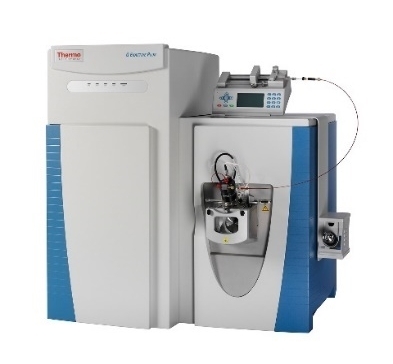
Thermo Fisher Q Exactive (Figure from Thermo Fisher)
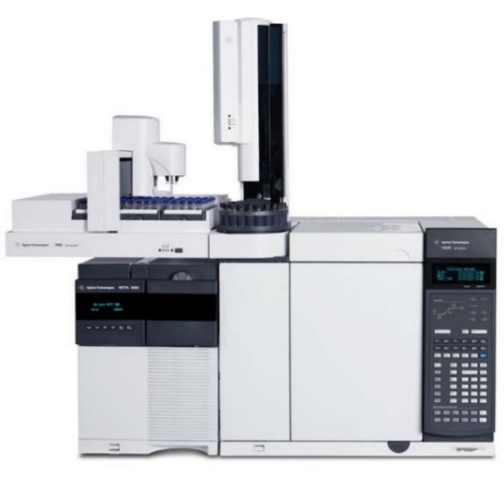
Agilent 7890B-5977B (Figure from Agilent)
Sample Requirements for Accurate Isoprenoid Pathway Analysis Service
| Sample Type | Minimum Volume / Weight | Storage Conditions | Notes |
|---|---|---|---|
| Plant Tissue (leaves, roots) | ≥ 100 mg (fresh or frozen) | -80 °C; freeze immediately after collection | Avoid repeated freeze–thaw cycles |
| Microbial Culture | ≥ 10 mL | Pellet and store at -80 °C | Harvest at log or stationary phase |
| Animal Tissue | ≥ 100 mg | -80 °C | Snap-freeze in liquid nitrogen |
| Serum / Plasma | ≥ 200 µL | -80 °C | Collect in EDTA or heparin tubes; avoid hemolysis |
| Cell Pellet | ≥ 1 × 10^7 cells | -80 °C | Wash with PBS and remove medium completely |
| Extracted Lipid Fraction | ≥ 50 µL | -80 °C in amber vials | Use antioxidant (e.g., BHT) to prevent oxidation |
Notes:
- Do not add preservatives or stabilizers unless specified.
- Provide sample metadata (species, treatment conditions, storage time).
- Ship samples on dry ice for frozen materials.
Demo Results
FAQ of Isoprenoid Pathway Analysis Service
How do you decide between LC-MS/MS and GC-MS/MS for my samples?
It depends on compound volatility and polarity. Polar phosphorylated intermediates (e.g., IPP, DMAPP) are analyzed by LC-MS/MS, while volatile terpenoids and aroma compounds are best detected by GC-MS/MS.
Can I combine targeted and untargeted analysis in one project?
Yes. Many clients choose hybrid workflows—targeted quantification for key metabolites and untargeted screening to discover unexpected compounds.
What are the limitations of isoprenoid analysis?
Some highly unstable intermediates (e.g., pyrophosphates) degrade rapidly. To minimize this, we apply cold-chain handling, immediate extraction, and antioxidant buffers.
Do you offer time-course studies or flux measurements?
Yes. We design multi-point sampling strategies and integrate stable isotope tracing to monitor pathway dynamics over time.
Can you help with experimental design for engineered strains?
Absolutely. Our team assists in choosing optimal detection targets based on your strain's genetic modifications and expected flux patterns.
How do you handle matrix effects in complex samples like plant tissues?
We use matrix-matched calibration and isotope-labeled internal standards to correct for suppression or enhancement effects during ionization.
Do you provide pathway modeling or only raw data?
Beyond raw and processed data, we provide pathway enrichment analysis and visualization, and can assist with integrating results into your metabolic models upon request.
How do you ensure metabolite stability during shipping?
We recommend snap-freezing samples, storing at -80°C, and shipping on dry ice. For extracts, use amber vials with antioxidants to prevent oxidation.
Learn about other Q&A about proteomics technology.
Publications
Here are some of the metabolomics-related papers published by our clients:

- A human iPSC-derived hepatocyte screen identifies compounds that inhibit production of Apolipoprotein B. 2023.
- The activity of the aryl hydrocarbon receptor in T cells tunes the gut microenvironment to sustain autoimmunity and neuroinflammation. 2023.
- Lipid droplet-associated lncRNA LIPTER preserves cardiac lipid metabolism. 2023.
- Inflammation primes the kidney for recovery by activating AZIN1 A-to-I editing. 2023.
- Anti-inflammatory activity of black soldier fly oil associated with modulation of TLR signaling: A metabolomic approach. 2023.
- Plant Growth Promotion, Phytohormone Production and Genomics of the Rhizosphere-Associated Microalga, Micractinium rhizosphaerae sp. 2023.

